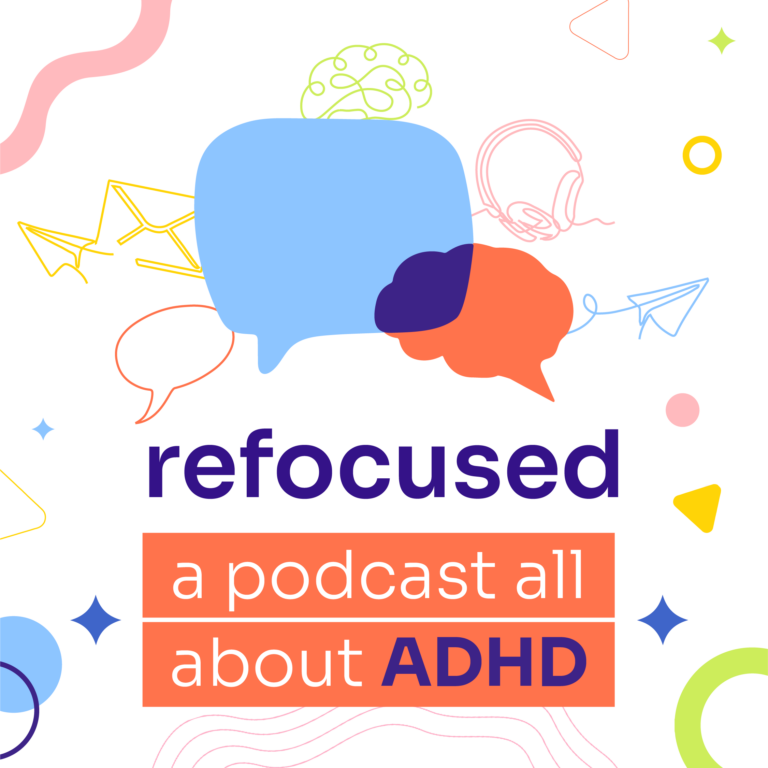If you know or suspect that your child has ADHD, your family may be entitled to extra services from your school. These services can be outlined in either an individualized education plan (IEP) or a 504 plan. But there are important differences between these two plans that parents should know.
An Intro to the IEP
An IEP is defined by a piece of special education legislation called the Individuals with Disabilities Education Act. The IEP’s purpose is to analyze the disabled student’s strengths and weaknesses and to outline specifically what services the school will provide the student to help the student progress educationally. These services vary, but may include modifications and accommodations in the classroom, access to special education teachers in a setting like a resource or self-contained classroom, or related services like occupational, speech or physical therapy.
“Disability ” is a narrowly and specifically defined term under IDEA, which recognizes 13 different disability categories. Many students with ADHD will qualify under the category of Other Health Impairment, or OHI. It is important for parents to understand that not every child with a diagnosis of ADHD will qualify for an IEP. In order for this to happen, evaluation must show that the ADHD is impeding the child’s progress in the school curriculum.
What is a 504?
A 504 plan is another option for parents to consider. It differs in many ways from an IEP. First, 504 plans are covered by Section 504 of the Rehabilitation Act of 1973, which is a piece of civil rights legislation. These plans serve students who have a diagnosis or impairment (which can include ADHD) that restricts one or more life activities. 504 plans allow these students to receive accommodations that make it easier to access their school’s general education curriculum.
The definition of disability is much broader under Section 504 than it is under IDEA. So if your child does not qualify for an IEP, he or she still might qualify for accommodations under a 504 plan. However, parents should be aware that 504s do not cover related services such as physical, speech or occupational therapy.
In short, while both IEPs and 504s help students with special needs to make educational progress, eligibility for each of these plans differs. Services they cover differ as well. Understanding these differences is helpful when parents begin a conversation with their child’s school about what type of plan may be best.
Sources:
U.S. Department of Education, Individual with Disabilities Education Act
Office of the Assistant Secretary for Administration and Management, Section 504






